Learn how to design ethnofutures research projects and expand the time horizons of your work. Overview This tutorial was conducted at EPIC2021. Exercises and discussions have been omitted to protect the privacy...
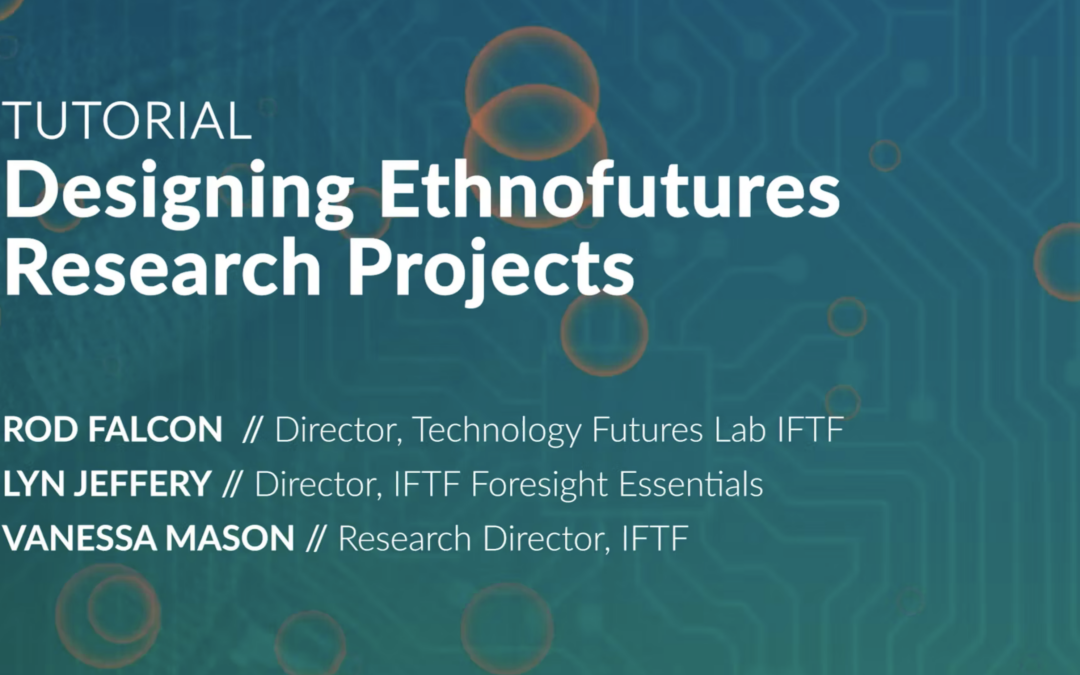

Learn how to design ethnofutures research projects and expand the time horizons of your work. Overview This tutorial was conducted at EPIC2021. Exercises and discussions have been omitted to protect the privacy...

Foresight. Tends. Megatrends. Forecasting. Speculative design. Predictive modelling. Impact estimating. These are some of the established methods that researchers and analysts use in trying to understand what the future might look like, and how the organisations we work for and with approach the...

The future, of course, is inherently unpredictable. As the EPIC2021 theme Anticipation begins, “There are no future facts. Yet we humans constantly create potential futures.” People create futures when they begin to see alternate possibilities and situations where their decisions—and those of...
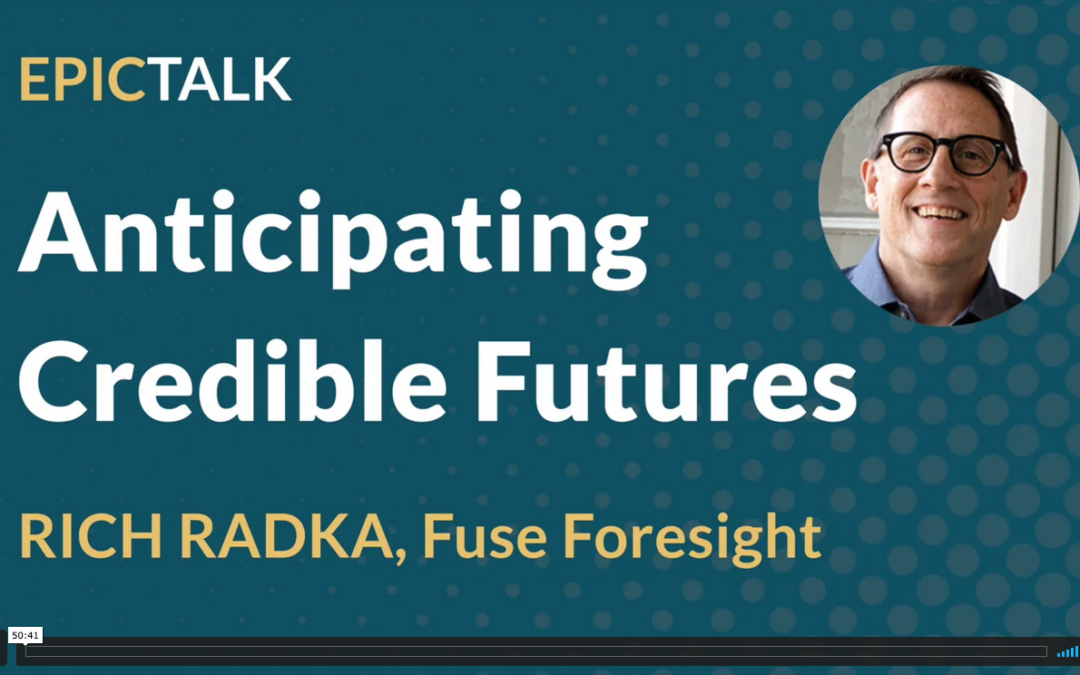
Overview Strategic planning is becoming less and less viable in a volatile world prone to black swan events. Prediction is a low-percentage approach to an unknowable future. But we still need to navigate change...
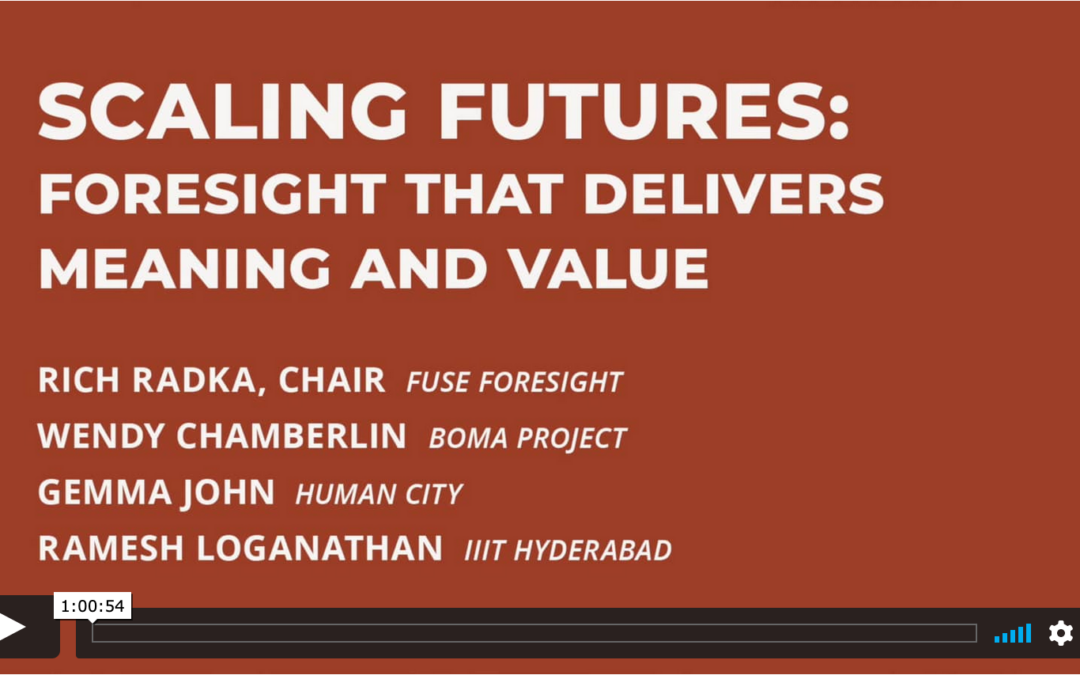
This panel explores the specific reasons organizations generate ideas about the future, the methods they choose, how they act on foresight, and consequences for both business and society. Panelists address the theme of scale in various dimensions, such as how to appropriately scale our imaginings,...
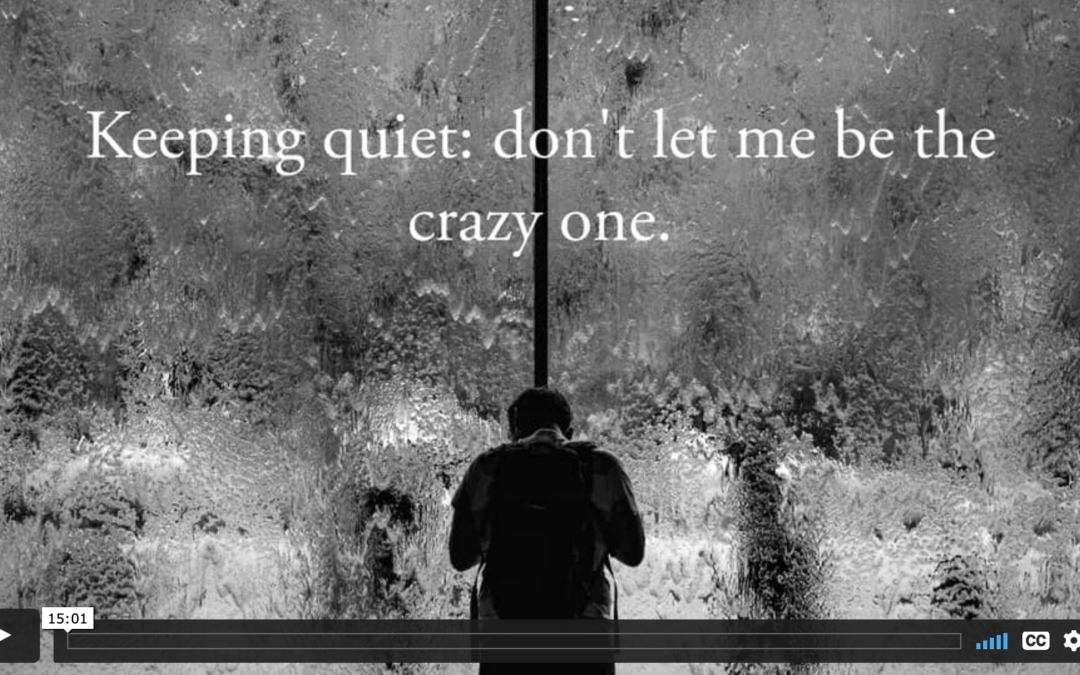
Our tiny provocation is that the word “sustainability” is not sustainable. Just using it is sabotaging our efforts to build a better future for the planet. Despite decades of global sustainability discourse, the world is still going to hell. What's gone wrong? Our paper is about willful ignorance...
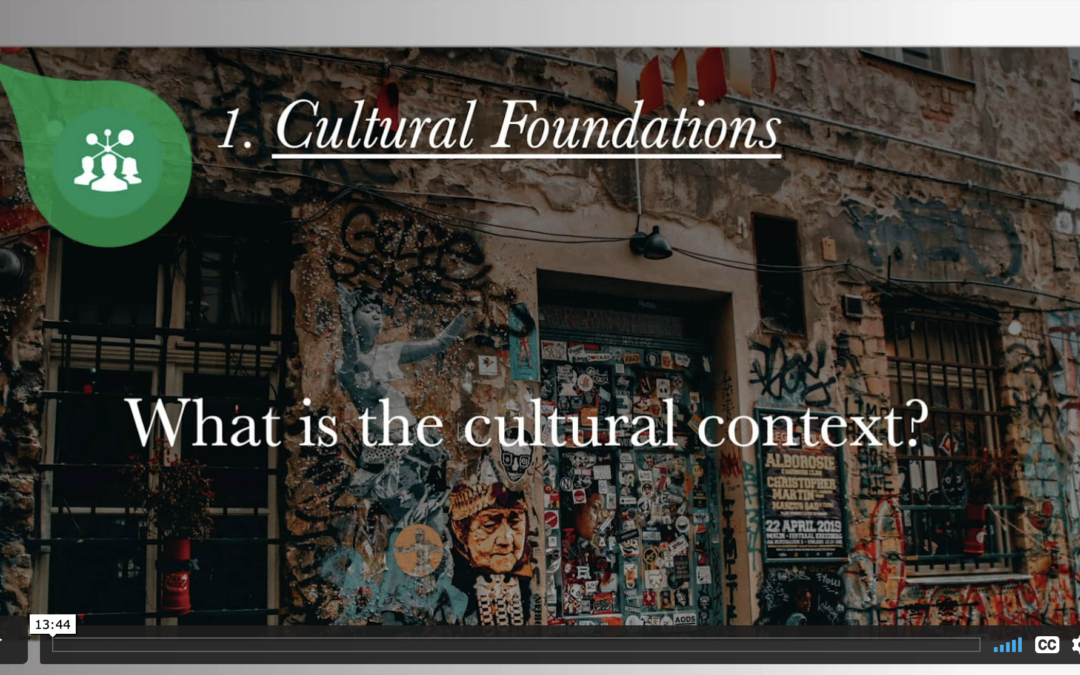
Despite companies facing real consequences for getting ethics wrong, basic ethical questions in emerging technologies remain unresolved. Companies have begun trying to answer these tough questions, but their techniques are often hindered by the classical approach of moral philosophy and...
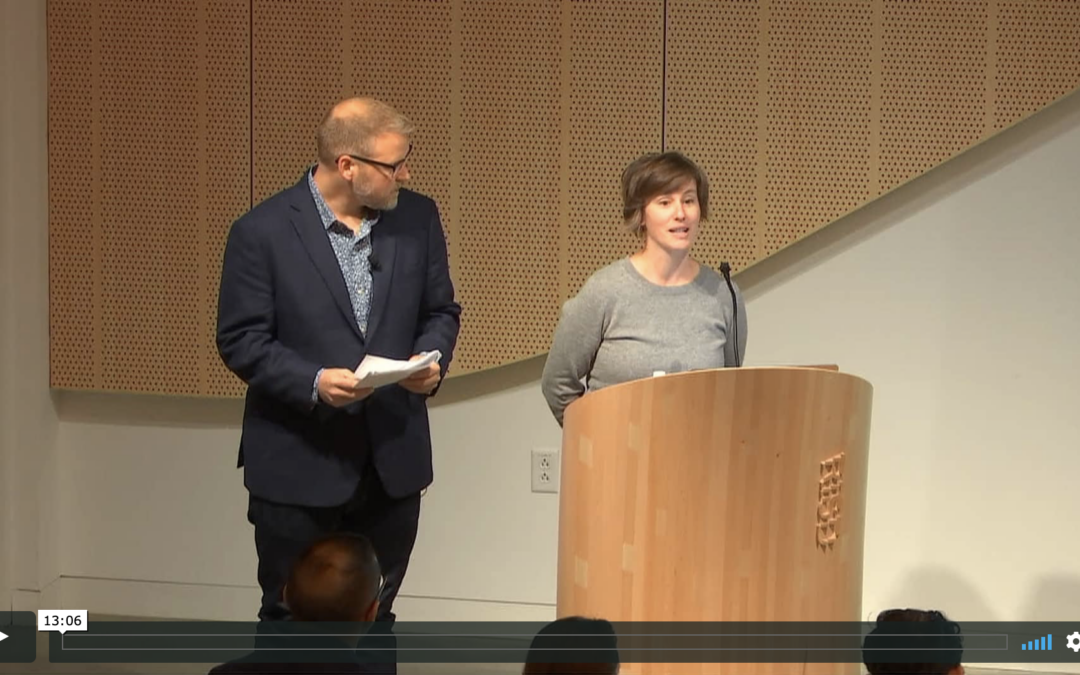
The auto insurance industry is being disrupted by insurtechs that are leveraging data and technology to solve pain points in parts of the customer journey, while emerging technology in adjacent industries threatens insurance as it currently exists. As a result, insurance companies are imagining...
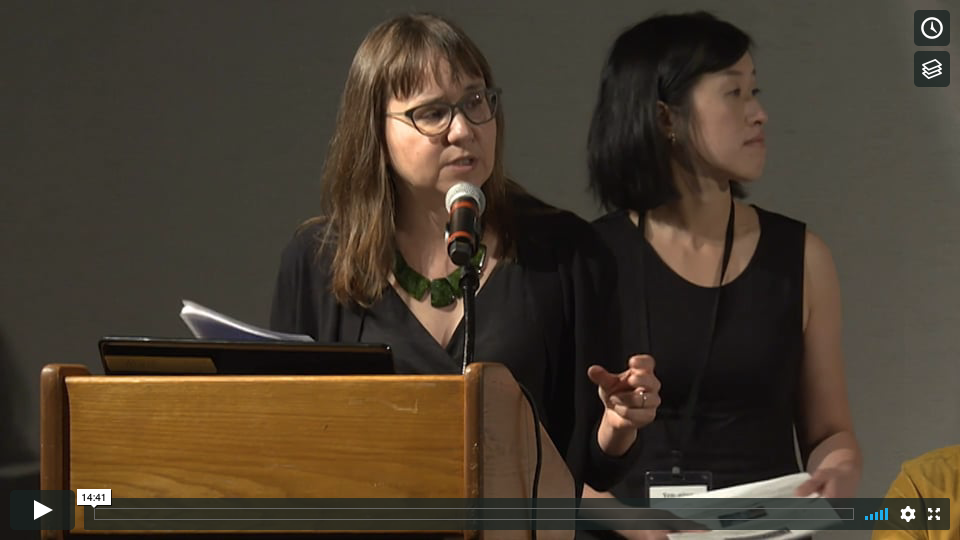
Case Study—We consider new expectations for ethnographic observation and sensemaking in the next 20-25 years, as technology industry ethnographers' work unfolds in the increasing presence of the type of analytical capabilities specially trained (and self-training) machines can do ‘better’ and...
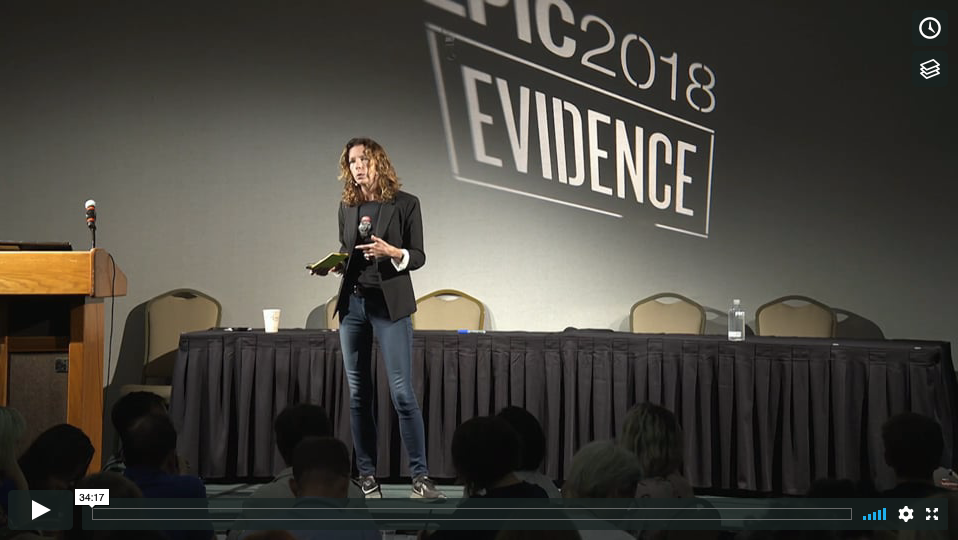
EPIC2018 Keynote Address We are at a crossroads of change in the world. With the rapid rise of digitized data, what’s the place for human empathy? As a long-time member of the EPIC community, I want to use my time with you today to reflect on what this all means for us. This is a moment unlike any...